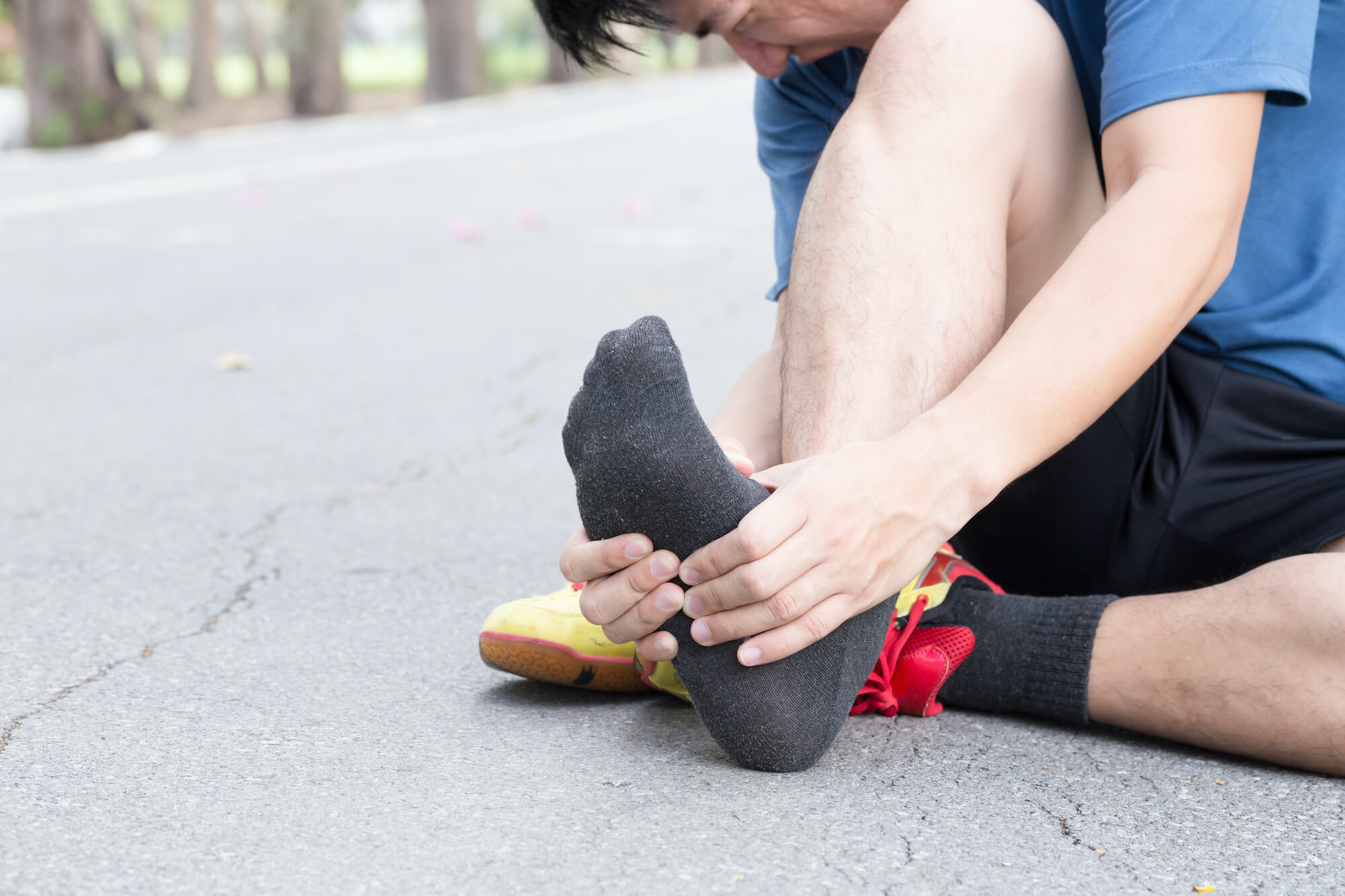Plantar Fascia is the thick band connecting the ball of the foot to the heel. An inflammation of this band is called Plantar fasciitis. The most common signs of this condition are painful first steps after getting out of bed or after prolonged sitting.
While being a very common condition, Plantar fasciitis can be effectively managed and effectively treated. There are a number of reasons why Plantar fasciitis can arise, such as overuse or repetitive activities, sudden increase in activity, improper posture, high/low foot arch, tight calf muscles, improper footwear, or being overweight.

Plantar fasciitis symptoms can vary from mild to severe. In either case, we always recommend you properly manage this condition as soon as possible. Here are some ways you can manage to overcome the pain:
Rest: Rest is recommended in acute or moderate to severe conditions. Take a break from sports or heavy impact activities such as running. Allow optimum time to heal the tissue.
Ice: Put an ice pack under a heel and/or painful area for 15 – 20 minutes. Ice will help to reduce inflammation, swelling, and pain. ( Check out these 5 ways to make your own icepack at home! )
Stretch: Once your pain is reduced to a tolerable level, consider beginning a mild stretch for your calf muscle and plantar fascia.
1) Calf: While sitting, use a towel or other strap looped around your foot. Gently pull your ankle back until a stretch is felt along the back of your lower leg. Hold for 20-25 seconds.
2) Plantar fascia: While seated, place your affected ankle on top of your other leg. Then grab your toes and bend them back toward the ankle. Hold for a gentle stretch to your toes and sole of the foot.
Massage: Use a frozen water bottle or Tennis ball under the arch of your foot and press into it while rolling it around as tolerated for a few minutes. Use this form of self-soft tissue massage technique for the arch of the foot
Proper footwear: We recommend regularly changing out old and worn shoes and wearing proper footwear with arch support and a good shock absorption pad which can help alleviate pain and prevent the same problem from recurring.
While every patient’s needs and problems are different, these tips may or may not be suitable for everyone. Please contact BeActive Oakville Physiotherapy and Wellness to speak with our experienced Physiotherapist to guide you on your recovery. Our expert team is equipped to treat this condition In-Office, In-Home as well as through a Tele-Rehab visit. To learn more about other foot and ankle related pain relief click here.



